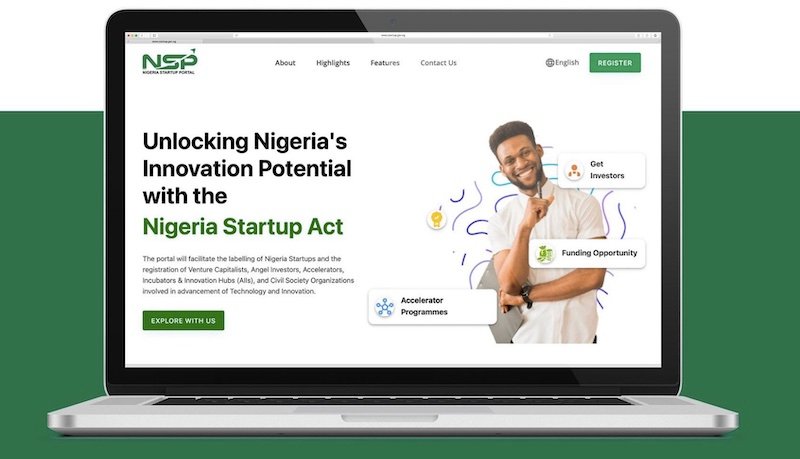Explore the top 10 digital educational technologies that can benefit teachers and students with interactive tools, gamification, and more. Discover ways to enhance the learning experience today.
Technology is crucial in transforming the education landscape in today’s digital age. Teachers and students alike can benefit from integrating digital educational technologies in classrooms.
This article explores the top 10 digital educational technologies that boost the teaching and learning experience. From interactive tools to online platforms, these technologies offer innovative ways to engage students and facilitate effective learning.
Before you proceed, check my previous article on the Essential Skills Your Child Should Learn Before Age Ten.
Let’s delve into the captivating world of digital educational technology.
List of Digital Educational Technologies for Teachers and Students
Below is the list of digital educational technologies for teachers and students;
#1. Interactive Whiteboards
Interactive whiteboards have revolutionized classroom instruction. These large touch-sensitive screens allow teachers to display and manipulate content, making lessons more interactive and engaging. Teachers can write, draw, and annotate on the board, fostering student participation and collaboration. With multimedia capabilities, interactive whiteboards bring learning to life by incorporating videos, images, and interactive applications.
#2. Learning Management Systems
Learning Management Systems (LMS) provide a centralized platform for managing educational content, assessments, and communication. LMS platforms allow teachers to develop and deliver online courses, monitor student progress, and offer feedback. Students can access learning materials, submit assignments, and engage in discussions within a virtual learning environment. LMS enhances the flexibility of education by enabling remote learning and personalized instruction.
#3. Gamification
Gamification involves incorporating game elements into learning to increase student motivation and engagement. Teachers can transform mundane tasks into exciting challenges by integrating game mechanics such as rewards, badges, and leaderboards. Gamification promotes active learning, problem-solving skills, and healthy competition among students. Educational games and apps provide immersive experiences that make learning enjoyable and effective.
#4. Augmented Reality
AR content soothes perfectly with the real world, creating interactive and immersive learning experiences. AR applications allow students to visualize complex concepts by overlaying virtual objects onto their physical surroundings. For example, students can explore historical sites, dissect virtual organisms, or simulate scientific experiments. AR technology stimulates curiosity, enhances understanding, and facilitates hands-on learning.
#5. Virtual Reality
Virtual Reality (VR) takes students on virtual journeys, transporting them to different places and times. With VR headsets, students can explore historical landmarks, dive into the ocean’s depths, or even travel to outer space. VR simulations provide realistic and immersive environments that foster experiential learning. Students can interact with virtual objects, manipulate variables, and better understand complex subjects.
#6. Online Collaborative Tools
Online collaborative tools facilitate teamwork and communication among students. Platforms like Google Workspace and Microsoft 365 offer document sharing, real-time editing, and communication features that enhance collaboration. Students can work on group projects, share ideas, and provide feedback to their peers. Online collaboration encourages critical thinking, problem-solving, and the development of interpersonal skills.
#7. Adaptive Learning Systems
Adaptive learning systems leverage artificial intelligence to tailor instruction based on individual student needs. These systems analyze student performance data and adapt the learning experience to address knowledge gaps and provide personalized feedback. Adaptive learning platforms deliver customized content and adaptive assessments to optimize student progress. By catering to individual learning styles, adaptive learning systems enhance student achievement.
#8. Mobile Learning Apps
Mobile learning apps bring education to students’ fingertips. With the widespread use of smartphones and tablets, educational apps offer anytime, anywhere learning opportunities. These apps provide access to interactive lessons, quizzes, and educational resources on various subjects. Mobile learning apps promote self-paced learning, encourage independent exploration, and accommodate diverse learning preferences.
#9. Artificial Intelligence in Education
AI has the potential to revolutionize education. Advanced AI tools can analyze extensive data and deliver customized learning experiences, intelligent tutoring, and adaptable assessments. Chatbots and virtual assistants offer immediate support and guidance to students, improving their learning outcomes. AI in education empowers teachers with data-driven insights and helps them make informed instructional decisions.
#10. Online Assessment Tools
Online assessment tools like Google Classroom streamline the evaluation process and provide instant feedback to students. These tools enable teachers to create and administer online quizzes, tests, and assignments. Automated grading saves time and provides students with immediate feedback on their performance. Online assessments promote formative assessment practices, identify learning gaps, and inform instructional strategies.
Related: How to Start a Memorial Scholarship Fund
Conclusion
The incorporation of digital educational technology has revolutionized the teaching and learning process. With the help of interactive whiteboards and online collaborative tools, students are more engaged, and their learning becomes more personalized.
These digital educational technologies for teachers and students stimulate critical thinking skills, providing a dynamic learning environment that equips students for success in the digital era.
FAQs.
1. How can I implement these digital educational technologies in my classroom?
To implement these technologies, assess your student’s needs and learning objectives. Identify the most appropriate technologies that align with your teaching style and curriculum. Provide training and support to teachers and students to ensure effective utilization of the technologies.
2. Are these technologies only suitable for certain subjects?
No, these technologies can be applied across various subjects and grade levels. Whether you teach math, science, languages, or humanities, digital educational technologies can enhance teaching and learning in any discipline.
3. Do these technologies replace traditional teaching methods?
Digital educational technologies are meant to complement traditional teaching methods, not replace them. They offer additional tools and resources to enrich the learning experience and promote student engagement.
4. How can I ensure the privacy and security of students when using these technologies?
When implementing digital educational technologies, choosing reputable and secure platforms is crucial. Follow privacy guidelines and ensure compliance with data protection regulations. Educate students about online safety and responsible digital citizenship.
5. What are the potential challenges of integrating these technologies in the classroom?
Some challenges may include technical issues, limited access to devices and internet connectivity, and the need for training and support. It’s essential to address these challenges by planning and providing resources to overcome them.







